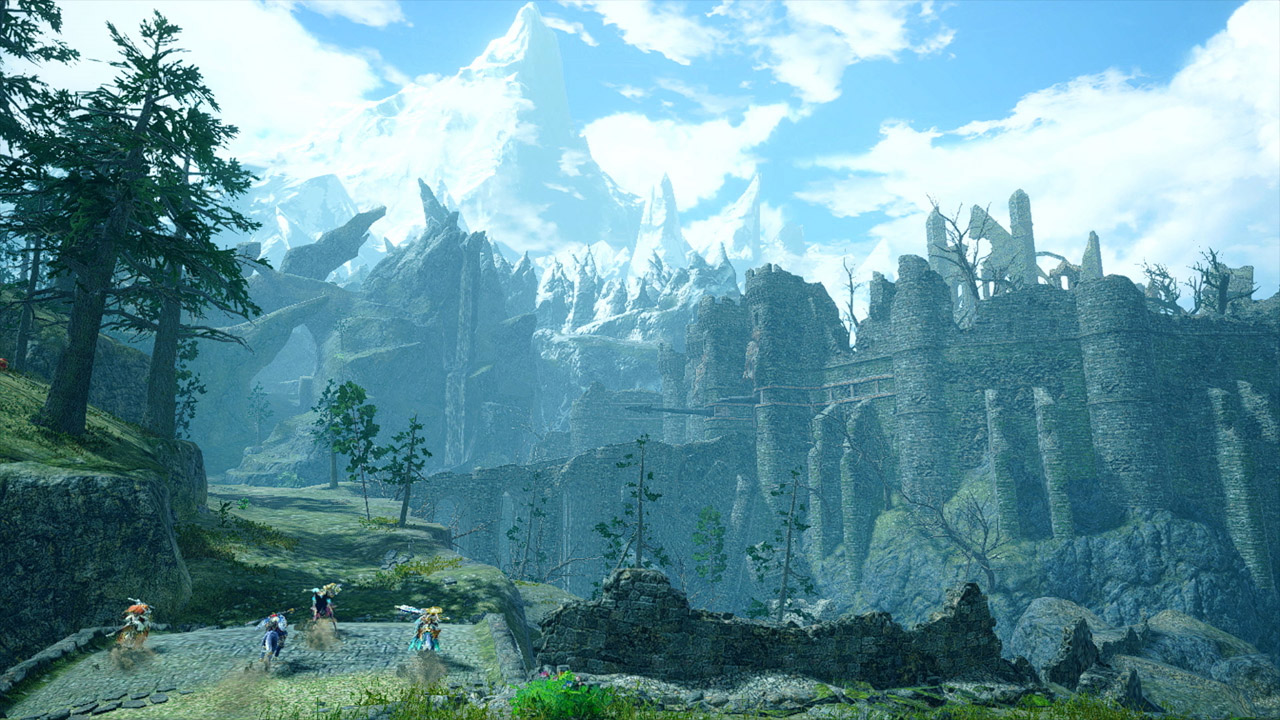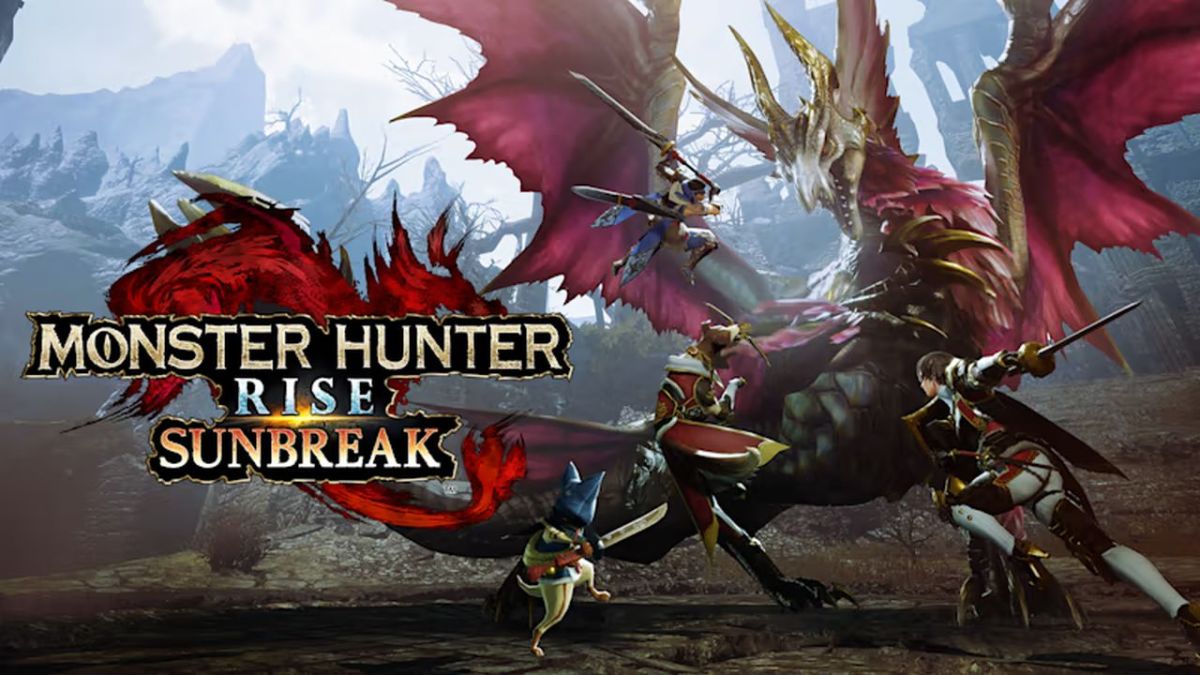Monster Hunter Rise: Sunbreak, the expansion to Monster Hunter Rise, has just been released. The expansion provides numerous additions to the base game, including expanded weapon movesets, quality-of-life features, and plenty of monsters both new to the franchise and returning from previous games. There are even more features to come in title updates lasting until at least 2023, but Sunbreak as it is will certainly draw comparisons to other Master Rank or G Rank expansions. How much does Sunbreak improve over the base version of Monster Hunter Rise, and are the new additions worth the price of admission?
New and Old Monsters Featured in Sunbreak

As the name “Monster Hunter” implies, the monsters make up the backbone of this franchise. Sunbreak adds 17 new large monsters for players to face; 8 returning from previous entries, 5 Subspecies and Variants of Rise-exclusive monsters, and 4 completely new monsters. While many expansions, including Iceborne, feature a greater number of new monsters overall, the total number when accounting for both Rise and Sunbreak is quite comparable to other games in the series. Despite its lower number of new monsters, Sunbreak feels like a more complete game on launch than the base version of Rise did, and that’s partially thanks to the increased challenge of Master Rank.
Master Rank, known as G Rank in older titles, is essentially the “hard mode” of Monster Hunter. If a player from Rise’s base game already has good High Rank gear, they can use it to carry themselves up to Master Rank’s 3-star quests. After that, staying in High Rank gear will only leave them open to one-hit kills and increasingly long quest times. Nearly all monsters from the base game return stronger than ever, and many of them have extra features that make them even greater threats in combat. This includes new moves, increased aggression, and – of course – much higher damage and health.
One criticism to be had with Sunbreak is the fact that many old monsters are fought once again, one after the other. It’s understandable why, seeing as how only 17 monsters were introduced in the expansion, but it can make for a repetitive experience for players fresh off of the base game – even with the new moves and abilities. Thankfully, Sunbreak eventually puts a new spin on things with its own version of early-game foes boosted for late-game battles. The added features in these fights combine many features from older titles, making for more unique and intense battles overall. The only major issue is that some of them still don’t have all their hitboxes ironed out to be as accurate as possible, but moments where this sort of thing leads to quest failures are few and far in between.
The monsters that weren’t present in the base game make their presence known. Even subspecies bring a great number of attacks to their arsenal, as do returning monsters from previous titles. In particular, Astalos even borrows a move or two from its Deviant counterpart in Generations Ultimate. The brand-new monsters are even more varied, changing their forms and strategies as fights against them drag on. The battles against them are appropriately intense, and the final boss of the expansion provides both a fantastic spectacle and an incredibly fun fight. If fans were hoping for the new battles to be just as good as the old ones, there’s no need to worry; many of them are even better.
Locales, Features, and Skills Introduced in Sunbreak

Sunbreak adds both the Jungle and Citadel locales, each one providing its own set of new features. The Jungle is densely packed, featuring areas with traps and interconnected caves, though it can be seen as a bit small compared to other locales. The Citadel is much larger, boasting its own unique features such as pillars that reveal items when broken. It’s disappointing to see that there’s no Guiding Lands or Everwood equivalent for large-scale free hunting, but these new areas are still very fun to explore and battle in. Sunbreak also features Elgado, a new hub for the player to explore. It’s much smaller than Kamura Village, but it’s far easier to navigate, with many of the most important facilities right next to each other.
New features include the Switch Skill Swap, secret Palico support moves, and even new abnormal statuses. A layer of depth was added to Monster Hunter’s combat even further than what Wirebugs provided, allowing for more options and maneuvers than ever before. Players can even team up with AI hunters on certain quests, allowing them to enjoy a multiplayer experience even without an online connection. The AI partners are surprisingly useful, but not to the point where they trivialize hunts. Monsters can keep up very well with the aggression that players can put out. That being said, the classic style of avoiding attacks and simply hitting monsters with big weapons is still completely viable. Even without the new skills and features, there are very few instances of unfair damage in Sunbreak; if you mess up, it most likely is not the game’s fault.
There are many other additions to the game for players to enjoy. New endemic life, hidden areas, and multiplayer rewards are all present, as well as other minor-yet-fun additions. Sunbreak can provide plenty of enjoyment for those that were able to squeeze every unique drop of it out of Rise.
Technical Aspects and Criticisms

There’s not a whole lot to say about Sunbreak’s graphics, other than the cutscenes looking very nice – outside of some mismatched lip syncing. It should be noted that new locales in Sunbreak feature vastly improved lighting; namely the Jungle, the Citadel, and Elgado. This can cause the game to occasionally slow down when playing on the Switch, but this only seems to be the case when playing docked. In handheld mode, the game runs shockingly well with minimal slowdowns, if any.
Even with the day 1 patch, there were some occasional bugs to be found. Certain secret Palico moves ended up altering the rest of its moveset, and there was an occasional bug that caused a lack of sound after collecting a Wirebug on the field. None of these bugs were game-breaking, though, and they either could be easily fixed through in-game settings or were resolved automatically. It would be nice if the Switch’s docked performance could match its handheld performance, but the most annoying parts of Sunbreak were not due to graphics or performance.
Some aspects of Sunbreak’s design feel somewhat more secretive than they should be. It introduces many new features to players at once, but it does not warn them about saving certain materials or items for later. The worst example of this is with Talismans; the game introduces you to useful, rare items like Melding Pudding early on, but you only unlock the ability to craft high-level Talismans after beating Sunbreak’s main story. Many new decorations also cannot be viewed until all the materials to craft them are unlocked. While some could argue that this encourages replaying quests, it can still be pretty disappointing to use up every material you have just before unlocking new things to use them on.
The Verdict
Monster Hunter Rise: Sunbreak isn’t the most impressive expansion of the Monster Hunter series, but it still makes for a fantastic new entry in the franchise. While there are some frustrations to be had, all of the new features and changes make for a more robust experience while hunting monsters than any game in the franchise. Title updates will likely continue adding to Sunbreak in more ways than just new monsters and locales, and in time its content could rival that of the most expansive Monster Hunter titles. Any fan of the franchise will get more than their money’s worth in Monster Hunter Rise: Sunbreak












Published: Jul 6, 2022 11:17 am